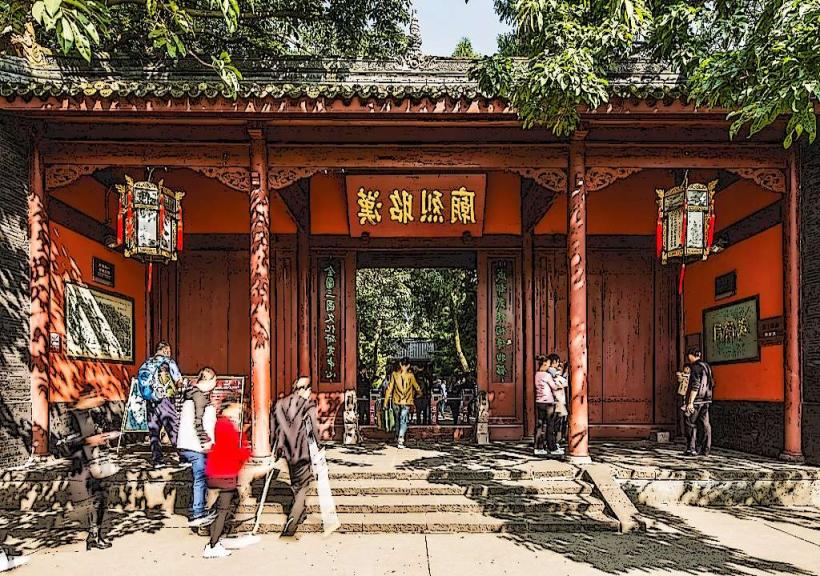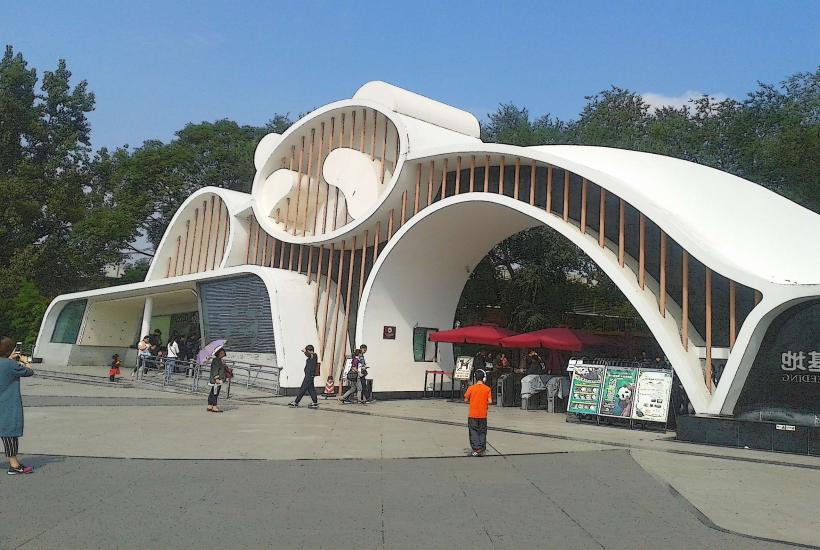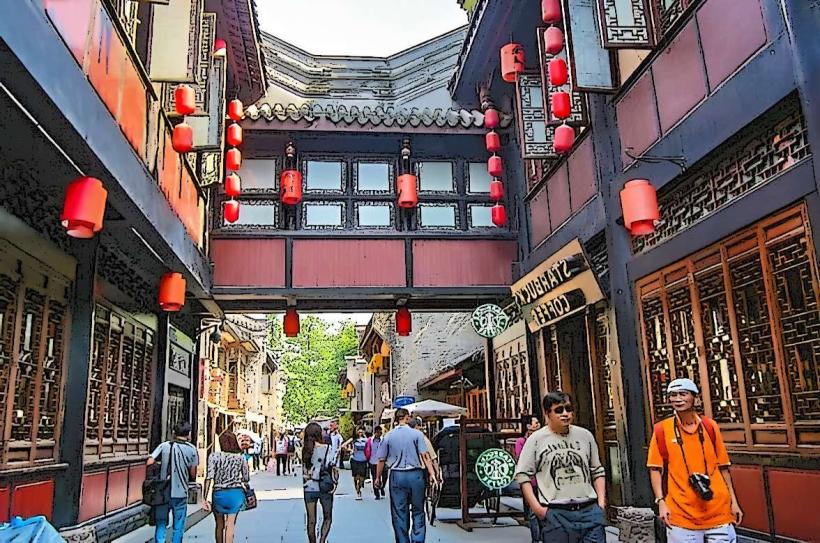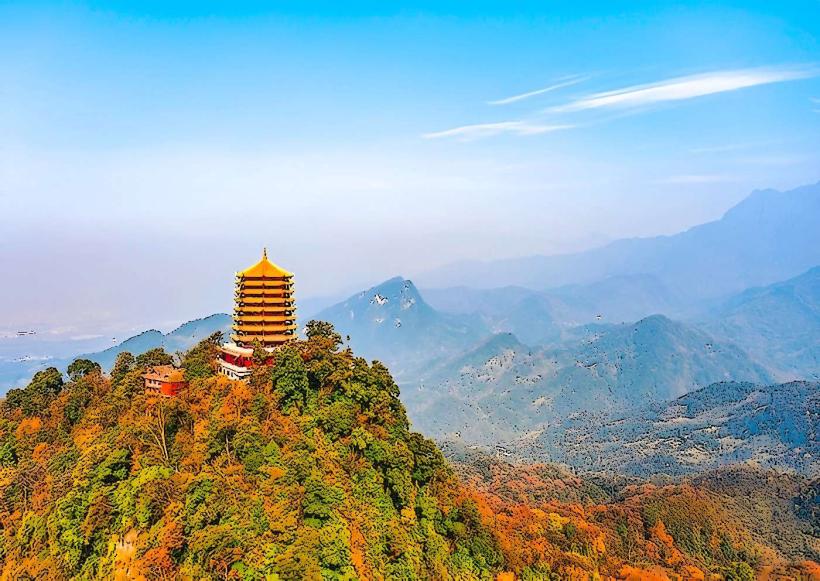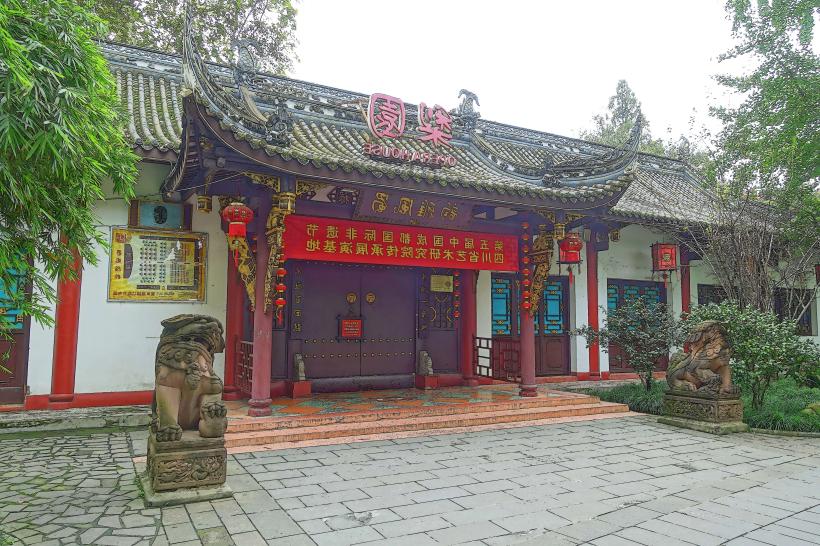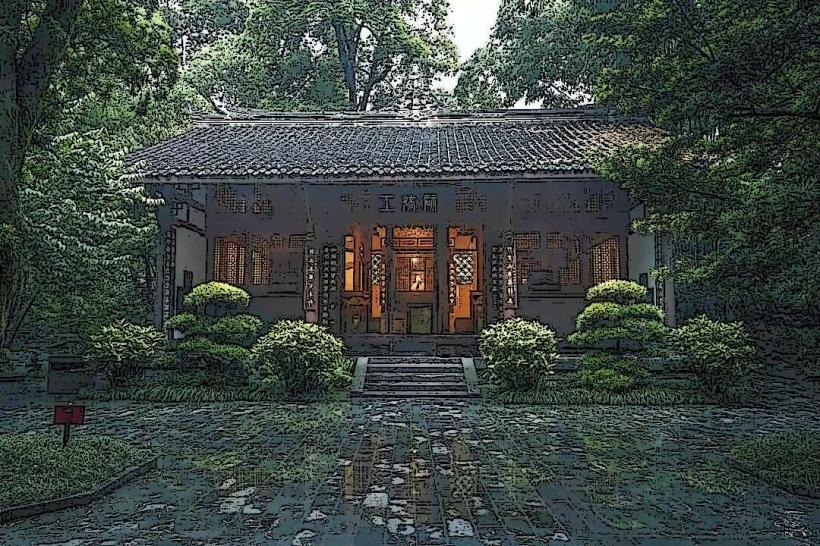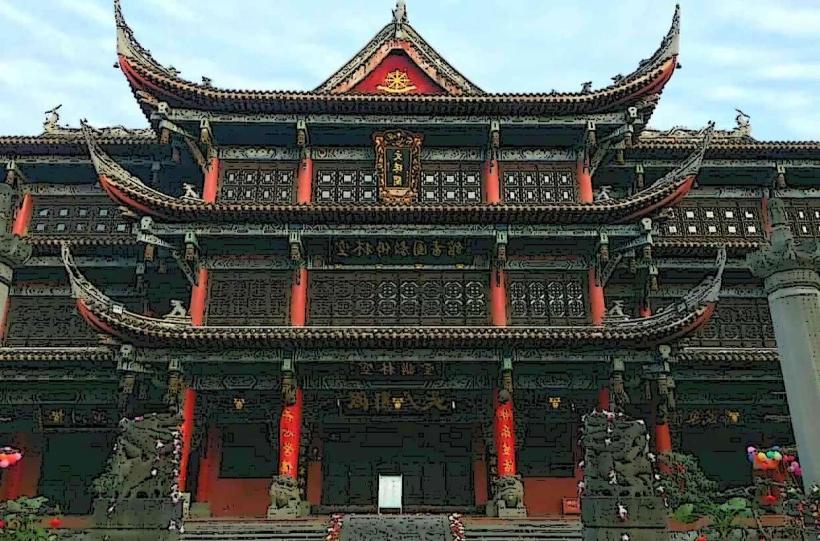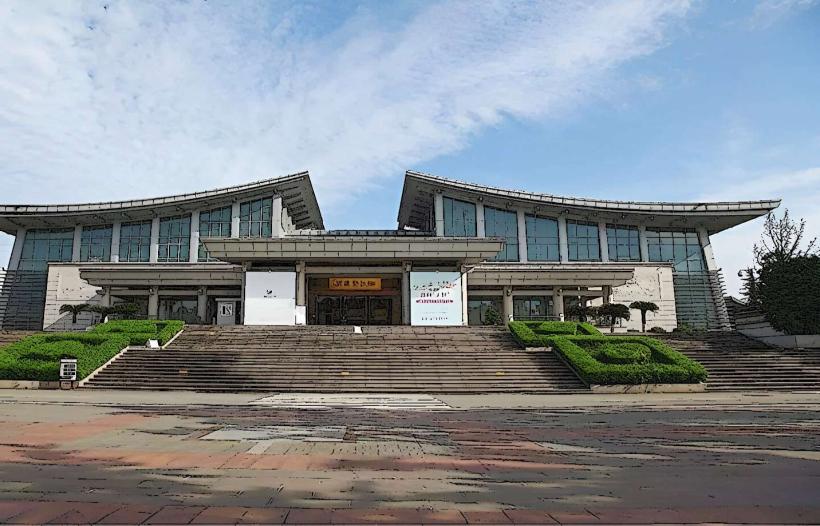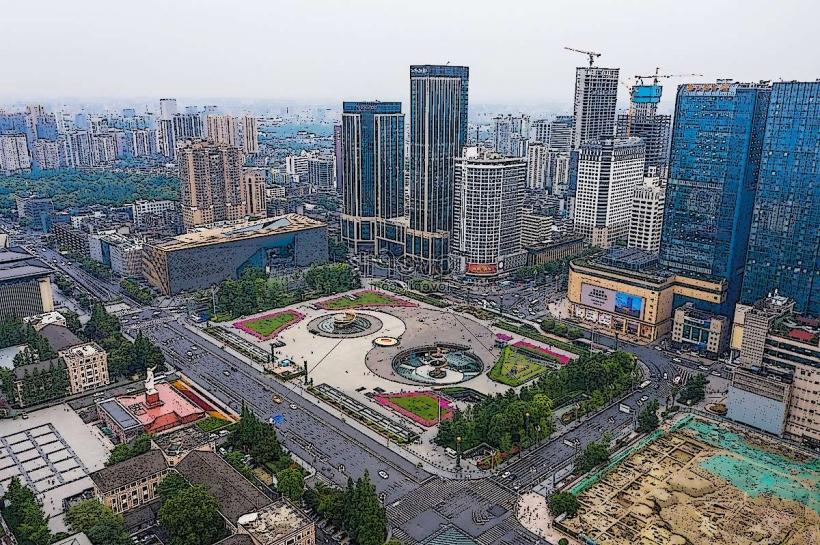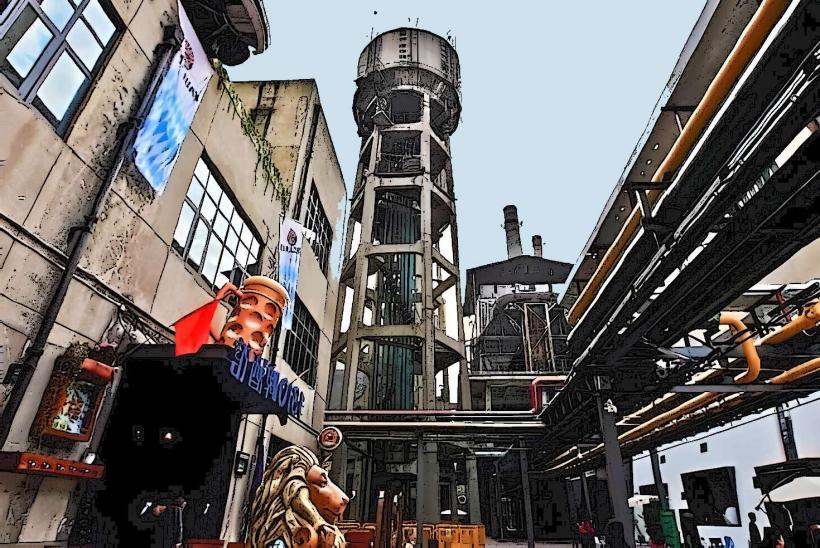Information
City: ChengduCountry: China
Continent: Asia
Chengdu, China, Asia
Overview
Chengdu, the capital of Sichuan in China’s southwest, buzzes with life, blending centuries of history, a culture all its own, and the mouth-numbing heat of its legendary hotpot, as well as it’s home to giant panda conservation work, where you might spot them munching bamboo, and it’s also a key center for business and transportation in western China.Chengdu sits in the heart of the Sichuan Basin, with rugged mountains rising to the west and the rich green plains of central Sichuan stretching out to the east, as a result the city’s famous for its mild, humid air, where mornings often smell faintly of rain, and streets are lined with deep green trees.The Min River, a branch of the Yangtze, winds through the city, carrying the water that feeds its rice fields and keeps its streets growing, furthermore chengdu’s story stretches back more than 3,000 years, to a time when its streets were little more than dusty paths.I think, During the Three Kingdoms period (220–280 AD), it served as the capital of the Shu Kingdom, and ever since, it’s stayed a vital hub of politics and culture in China, its streets echoing with centuries of history, therefore the city’s long been a hub of innovation-back in the Song Dynasty, it even produced the world’s first paper money, crisp sheets that once passed from hand to hand in busy markets.To be honest, Chengdu sat at a crucial crossroads on the ancient Southern Silk Road, where traders carried silk and spices between China, India, and Central Asia, as a result the city has held onto its role as a key cultural and economic hub in southwestern China, where markets buzz with trade and theaters keep traditions alive.In Chengdu, life moves at an easy pace, and the city’s rich traditions run deep, like the scent of jasmine tea drifting through a quiet teahouse, as a result for centuries, it’s been a heart of Taoist and Buddhist life, home to landmarks like the incense-scented Wuhou Shrine and the serene Wenshu Monastery.The city’s also known for its Sichuan Opera, especially the mesmerizing “face-changing” (Bian Lian) act, where a flick of the head swaps one vibrant mask for another in the blink of an eye, on top of that in Chengdu, life often flows through its teahouses, where the clink of porcelain cups is as familiar as the morning air.In the afternoons, locals slip into antique teahouses to swap stories, shuffle mahjong tiles, and savor the city’s unhurried rhythm over steaming cups of jasmine tea, likewise cuisine Chengdu is known worldwide for its food, especially Sichuan dishes bursting with bold flavors, fiery red chilies, and the tingling, numbing bite of peppercorns.Among the city’s best-known dishes is hotpot (火锅), a bubbling, fiery broth brimming with meats, crisp greens, and soft cubes of tofu, as well as mapo Tofu (麻婆豆腐) is a fiery mix of silky tofu, savory minced meat, and tongue-tingling Sichuan peppercorns.Kung Pao Chicken (宫保鸡丁) sizzles in the wok-tender chicken tossed with crunchy peanuts, fiery red chilies, and a glossy sweet-savory sauce, in addition dan Dan Noodles (担担面) - springy noodles tossed in a rich, fiery sauce that tingles with heat, to some extent Twice-Cooked Pork (回锅肉) – tender slices of pork tossed in a sizzling wok with crisp vegetables and a kick of chili heat, consequently chengdu’s food scene is so rich and vibrant that in 2010, UNESCO named it a City of Gastronomy, where the scent of sizzling Sichuan peppers drifts through the streets.Chengdu’s economy is booming, driven by thriving sectors like technology, finance, automobiles, and pharmaceuticals-factories hum on the city’s edge while glass towers rise in its core, and the city buzzes with an ever-rising mix of multinational firms and Chinese tech powerhouses, turning it into a major hub where modern ideas spark like neon signs at dusk.Global tech giants such as Intel, Dell, and Huawei have set up shop in the Chengdu Hi-Tech Industrial Development Zone, drawn by its prompt-growing skyline and buzzing innovation hubs, also the city leads the way in AI, shapes cutting‑edge software, and designs aerospace tech that sends rockets into the sky, more or less Mind you, In Chengdu, the Panda Conservation Center stands as the world’s leading hub for protecting giant pandas, where you can hear the soft crunch of bamboo in the quiet enclosures, furthermore in Chengdu, the Research Base of Giant Panda Breeding draws crowds from around the world, offering a rare chance to watch pandas munch bamboo just a few feet away while discovering how conservation keeps them thriving.Most of the world’s wild pandas roam the misty bamboo forests of Sichuan, and in Chengdu, focused conservation work has helped their numbers climb, what’s more in Chengdu, government offices hum with activity, anchoring the city as the political and administrative heart of Sichuan Province and much of western China.It’s a key part of China’s push to develop the west, especially under the “Go West” policy, which seeks to spark economic growth in the inland provinces where dusty roads still wind through quiet valleys, on top of that the city sits within the Chengdu–Chongqing Economic Circle, a national plan aimed at turning western China into a thriving high-tech and manufacturing hub where recent factories hum with machinery.In Chengdu, education and research thrive, with top institutions like Sichuan University-one of China’s best, famed for its cutting-edge medical labs and renowned engineering programs, while the University of Electronic Science and Technology of China (UESTC) is a leading hub for AI and electronic engineering, where labs hum with servers and luminous screens glow late into the night.Southwest Jiaotong University is well known for its railway and transportation engineering, from high-speed train design to the hum of steel wheels on track, while these institutions help put the city on the map as a hub for technological research and development, from buzzing labs to late-night coding sessions.Chengdu boasts a well-developed transportation network, with sleek high-speed trains and busy bus stations making it a key hub in western China, subsequently chengdu Tianfu International Airport ranks among China’s largest, linking the city to major destinations worldwide-from London’s foggy runways to the neon glow of Tokyo.Honestly, Chengdu Shuangliu International Airport serves a heavy flow of travelers, with planes arriving from across China and as far away as London, likewise the city sits at the heart of China’s high-speed rail network, sending sleek trains racing toward Beijing, Shanghai, Chongqing, and a dozen other bustling cities.The Chengdu Metro ranks among China’s most advanced subway systems, whisking commuters and visitors alike across the city with smooth rides and vivid, bustling stations, not only that in recent years, Chengdu has grown at a breathtaking pace, its skyline dotted with modern glass towers, yet you can still hear the soft clink of mahjong tiles in the aged courtyards.Towering glass skyscrapers pierce the skyline, while luxury malls and sleek business districts give the city its modern edge, alternatively the Tianfu modern Area is a bold urban project designed to turn Chengdu into a hub for global innovation and finance, with sleek glass towers rising over tree-lined streets.The area features smart city projects, cutting-edge green tech, and sleek industrial parks buzzing with modern machinery, simultaneously though Chengdu has grown into a modern city, it’s kept its soul alive in places like the winding Jinli Street, weathered temples, and teahouses where the scent of jasmine tea lingers in the air.In Chengdu, air quality takes a hit-much like in other enormous Chinese cities-especially during winter, when a gray haze often hangs in the crisp air, in conjunction with still, government efforts to cut emissions and boost green energy have slowly made the air cleaner-you can notice it in the clearer skyline after rain.Chengdu’s climate is humid subtropical, with warm, damp winters, long sizzling summers, and air that often feels heavy with moisture, on top of that the city sees plenty of cloudy, rainy days, and in winter, thick fog often hangs in the air.Oddly enough, In summer, the heat can climb past 30°C (86°F), and the heavy, damp air sticks to your skin, to boot winter stays fairly mild, with the air hovering near 5°C (41°F)-just cool enough to witness your breath in the morning.If I’m being honest, Spring and autumn are ideal for a visit, when the air feels mild and cherry blossoms brighten the paths, meanwhile chengdu draws visitors from across China and beyond, blending misty mountain views, centuries-vintage temples, and sleek, modern hotspots into one unforgettable destination.One of the top spots to notice is the Chengdu Research Base of Giant Panda Breeding, where you can watch the black‑and‑white bears munching bamboo up close, consequently Jinli Ancient Street buzzes with life, lined with carved wooden facades, tiny shops, and the smell of sizzling Sichuan snacks.Wuhou Shrine is a temple honoring Zhuge Liang, the brilliant strategist of the Three Kingdoms era, where red lanterns sway gently in the courtyard breeze, alternatively wenshu Monastery-an ancient Buddhist temple where incense drifts through the air-holds centuries of history in its quiet courtyards.
Author: Tourist Landmarks
Date: 2025-10-29
Landmarks in chengdu

